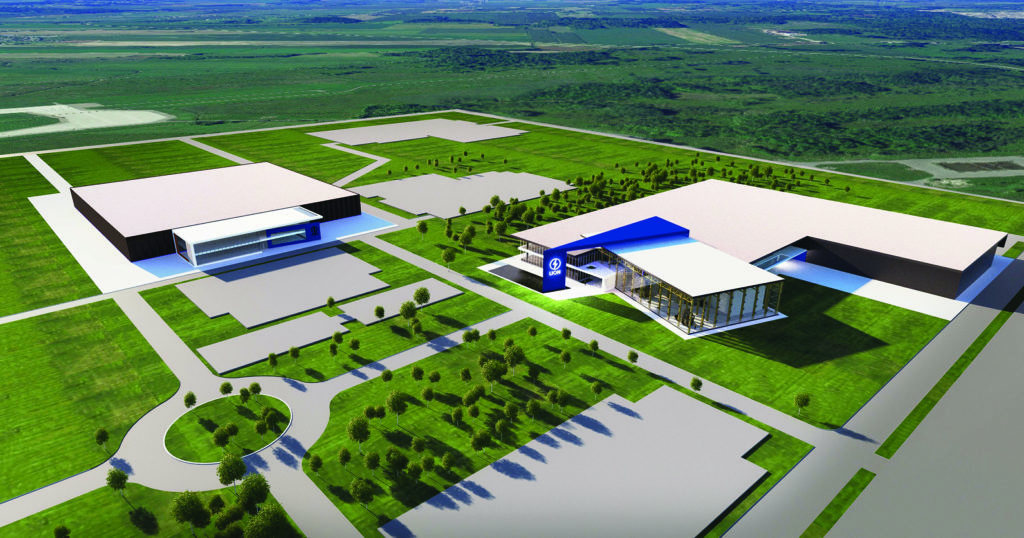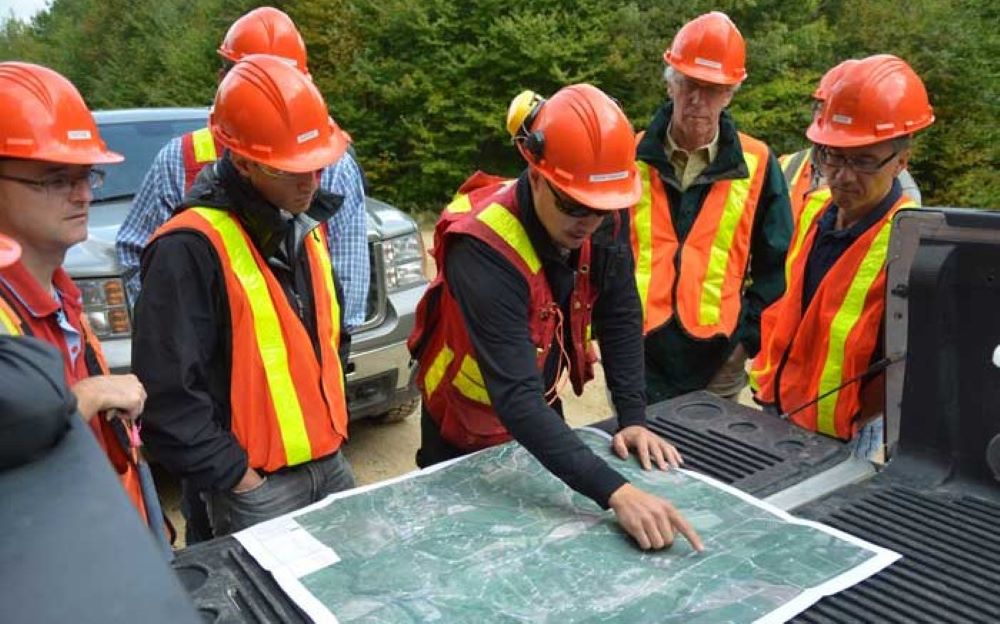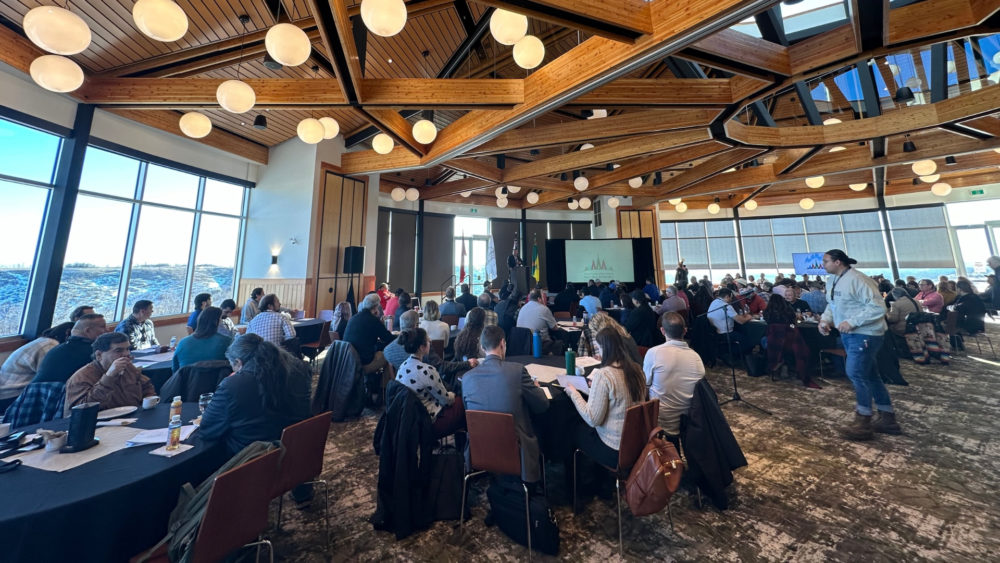Making Quebec a key accelerator of the global energy transition


Canada has a big goal to achieve net zero emissions by 2050. That transition is going to require the collective effort of all sectors to enable their energy transitions and strategically work towards building cleaner, more prosperous products and operations. But turning those plans into reality will heavily rely on the mining and metals sector to provide the raw materials needed to reach ambitious goals. And with the target date around the corner, demand is coming quick.
Major investment in mine production will be needed to meet this growing demand. While China has the lead in the global battery supply chain – accounting for almost half of new lithium hydroxide projects this year and significant market share of the world’s nickel sulphate and cobalt sulphate – there’s an enormous opportunity on Canadian soil that cannot be overlooked. The province of Quebec is in an optimal position to build on its existing ecosystem, backed by government support, and create a prosperous environment to help North America become a more independent supplier of raw materials.
Between hydroelectric dams supplying cheap and clean energy, a competitive tax system, access to critical and strategic minerals, and ability to attract available talent, the province already has a number of facets in place to make it an attractive destination for investment – both for mining and metals companies, as well as the businesses they supply. On top of these factors, the government of Quebec is increasingly recognizing the region’s potential and has started to make significant investments in supporting the sustainable production of critical mineral projects in the province through the Quebec Plan for the Development of Critical and Strategic Minerals 2020-2025.
This is a great opportunity for mining and metals companies, which we’re already seeing some first movers capture. Sayona Quebec, for example, recently announced its purchase of North American Lithium, which will be integrated with its own Authier project, creating the Abitibi lithium hub. U.S. company KoBold Metals has secured exploration rights to search for cobalt in the northern part of the province. And companies are flocking to reap the benefits of new production. In the spring, Lion Electric announced the construction of its battery manufacturing plant and innovation centre in Mirabel. While Nouveau Monde Graphite, a company working towards developing a fully-integrated source of green battery anode material, recently launched construction work for its flagship Matawinie graphite mining project.
But with any great opportunity comes great risk. While the Quebec ecosystem is ripe for growth and expansion, mining and metals companies looking to capitalize will need to prepare to address a number of factors to enable its full, long-term success.
The northern location of many of Quebec’s critical and strategic minerals can present big challenges for miners suffering from high costs and capital constraints today. On the one hand, the lack of infrastructure makes it difficult to travel and access remote geographies. And while there are plans to improve multi-user strategic infrastructure, current barriers could lead to construction overruns and rising costs – the third risk identified in EY’s Top 10 business risks and opportunities 2021 report.
Managing these costs can be difficult. In addition to tax measures related to exploration and development, the government of Quebec is committed to spending $90 million in the region. Still, with the risks associated with greenfield projects, securing sufficient capital to set up operations and advance substantial exploration projects could be a challenge for many companies.
On the other hand, Quebec mine sites can expose companies to greater stakeholder and environmental concerns. To meet the high standards of environmental protection, as well as promote the social acceptability of projects, it will be critical for companies to take a holistic approach to community considerations and allocate time and capital to projects that deliver meaningful shared value for companies and stakeholders alike – including constant review of processes and policies, and engagement with Indigenous peoples.
Despite the risks, it would be a shame to let the train pass without jumping on board. While it could still be a few years, Quebec is shaping up to be a strategic destination for raw materials and minerals that will support the acceleration of the green energy transition and make Canada a global leader in environmental, social and governance initiatives. Exploring the potential opportunities the province has to offer now, can help companies position themselves to reap future benefits of an evolving energy and natural resources economy, against both local and global competitors.
PATRICK BERTRAND-DAOUST is the East Mining & Metals Leader at EY Canada, based in Montréal.





Comments